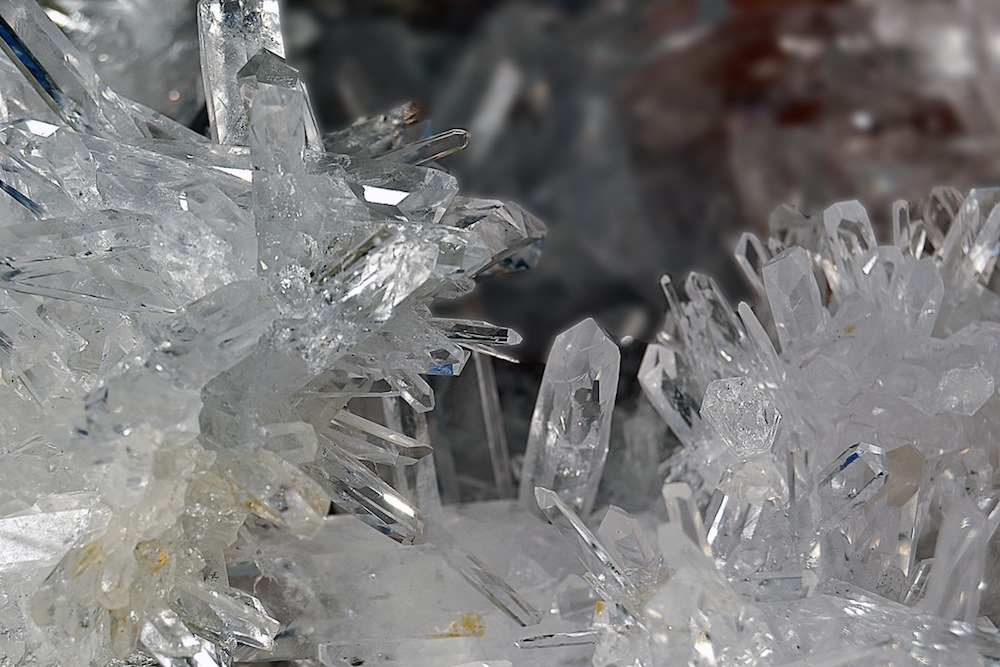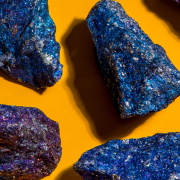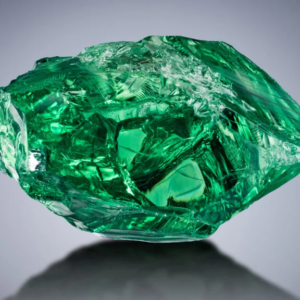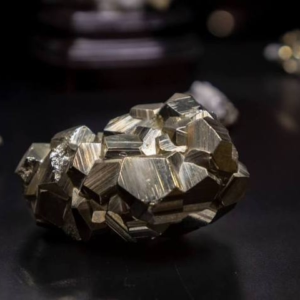Laboratory-grown crystals
Laboratory-grown crystals, also known as synthetic or cultured crystals, are materials produced in controlled environments using methods that replicate the natural crystallization process. These crystals have the same chemical composition, physical properties, and structure as naturally occurring crystals, but they can be produced much faster and in larger quantities.

Common methods for growing laboratory-grown crystals include:
- Hydrothermal Synthesis: This method uses high-pressure and high-temperature conditions in a water-based solution to grow crystals. It’s often used for minerals like quartz or sapphires.
- Czochralski Process: This technique involves melting a material and slowly drawing a crystal from the melt. It’s typically used for growing semiconductors and materials like silicon or synthetic diamonds.
- Flux Growth: This involves dissolving the raw materials in a flux, which is then cooled to allow crystals to form. It’s commonly used for growing gemstones and other crystals.
- Vapor Deposition: In this process, crystals are grown from vapor, often used for materials like silicon or thin-film semiconductors.
Applications of Laboratory-Grown Crystals:
- Gemstones: Many lab-grown gemstones like diamonds, rubies, and sapphires are produced with the same appearance and properties as their natural counterparts, but are generally more affordable and ethically sourced.
- Electronics: Materials like silicon and gallium arsenide are grown for use in semiconductors and solar cells.
- Research: Synthetic crystals are often used in scientific studies due to their high purity and consistency.
- Medical and Industrial Uses: Crystals like those used in lasers, optics, and even in some pharmaceuticals are grown in labs.



Leave a Reply
Want to join the discussion?Feel free to contribute!